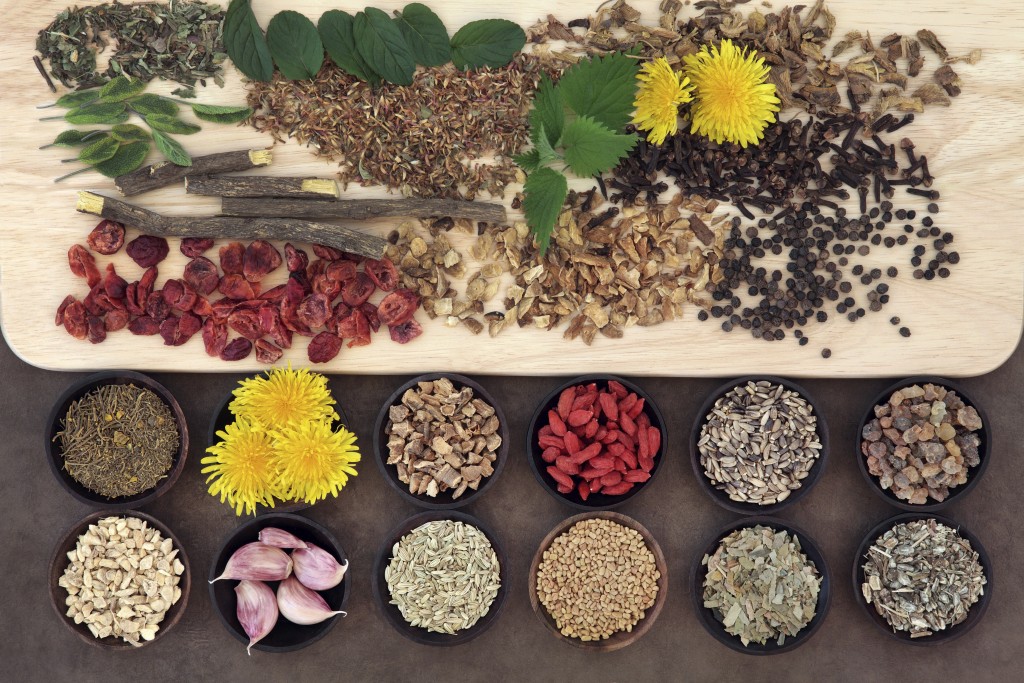Let’s talk FIBER. Why you need it in your daily diet, how much fiber you need daily and best sources of the two types of fiber.
A high-fiber diet is linked to lower risk of developing some cancers, especially colon and breast cancer. In addition, it helps lower the “bad type” of LDL cholesterol and total cholesterol. Furthermore, high- fiber foods generally have a lower glycemic index value, an important element in managing Insulin Resistance, Type 2 diabetes and Metabolic Syndrome. An average diet contains 75:25 insoluble fiber: soluble fiber ratio but the most important thing to note is that you want to consume both times daily. More about each type of fiber further in the article so stay with me.
Here is where you want to start
- When making a food choice decision, don’t worry about choosing a specific type of fiber.
- Many foods such as vegetables, fruits, oat, oats, psyllium, chia and flax seed are rich in both insoluble and soluble fiber.
- The goal is to get at least 25 – 35 grams of fiber per day through whole foods (rather than packaged/processed foods with added fiber) including a variety of vegetables, fruits, legumes and seeds.
- If you haven’t been eating much fiber, you must increase fiber into your diet slowly.
- Adding too much fiber too quickly, and without increasing your intake of water as well, can be linked to constipation.
- It’s important to give your digestive system time to get used to the additional roughage.
So what are the two types of fiber your body requires to stay healthy? They are INSOLUBLE and SOLUBLE FIBER.
- Both insoluble and soluble fiber are undigested.
- They are therefore not absorbed into the bloodstream.
- Fiber content is often listed under “Total Carbohydrates” on a Nutrition Facts label.
- Because it is undigested, it provides 0 calories
- Instead of being used for energy, fiber is excreted from our bodies.
- Soluble fiber forms a gel when mixed with liquid, while insoluble fiber passes through our intestines largely intact.
INSOLUBLE FIBER moves bulk through the intestines and helps to control and balance the body’s pH (alkalinity/acidity levels), in the intestines.
Insoluble fiber promotes regular bowel movement and prevents constipation which is key to removing daily toxins we are exposed to and staying healthy for life. It actually helps to remove toxic waste through colon in less time and as a result, help prevent colon cancer by keeping an optimal pH in intestines to prevent microbes from producing cancerous substances. Sources of insoluble fiber include vegetables, beans, lentils, whole grains and seeds.
SOLUBLE FIBER on the other hand, binds with fatty acids and prolong stomach emptying time so that sugar is released and absorbed more slowly. This in turn keeps you satiated longer and aid in weight management and weight loss. It also lowers total blood cholesterol and the “bad type” of LDL cholesterol therefore reducing the risk of heart disease. It regulates blood sugar and helps prevent sugar and carbohydrate cravings. Soluble fiber is found in psyllium, oat bran, vegetables, fruits (specifically the skin), some beans and seeds.
Bottom line is this. If you eat a variety of whole foods at every meal you will be getting plenty of both types of fiber and receiving the benefits. Just remember to also drink plenty of water, at least two liters per day to help the fiber move things along as it cleans out the intestines and colon while removing toxins and keeping you healthy and regular.

